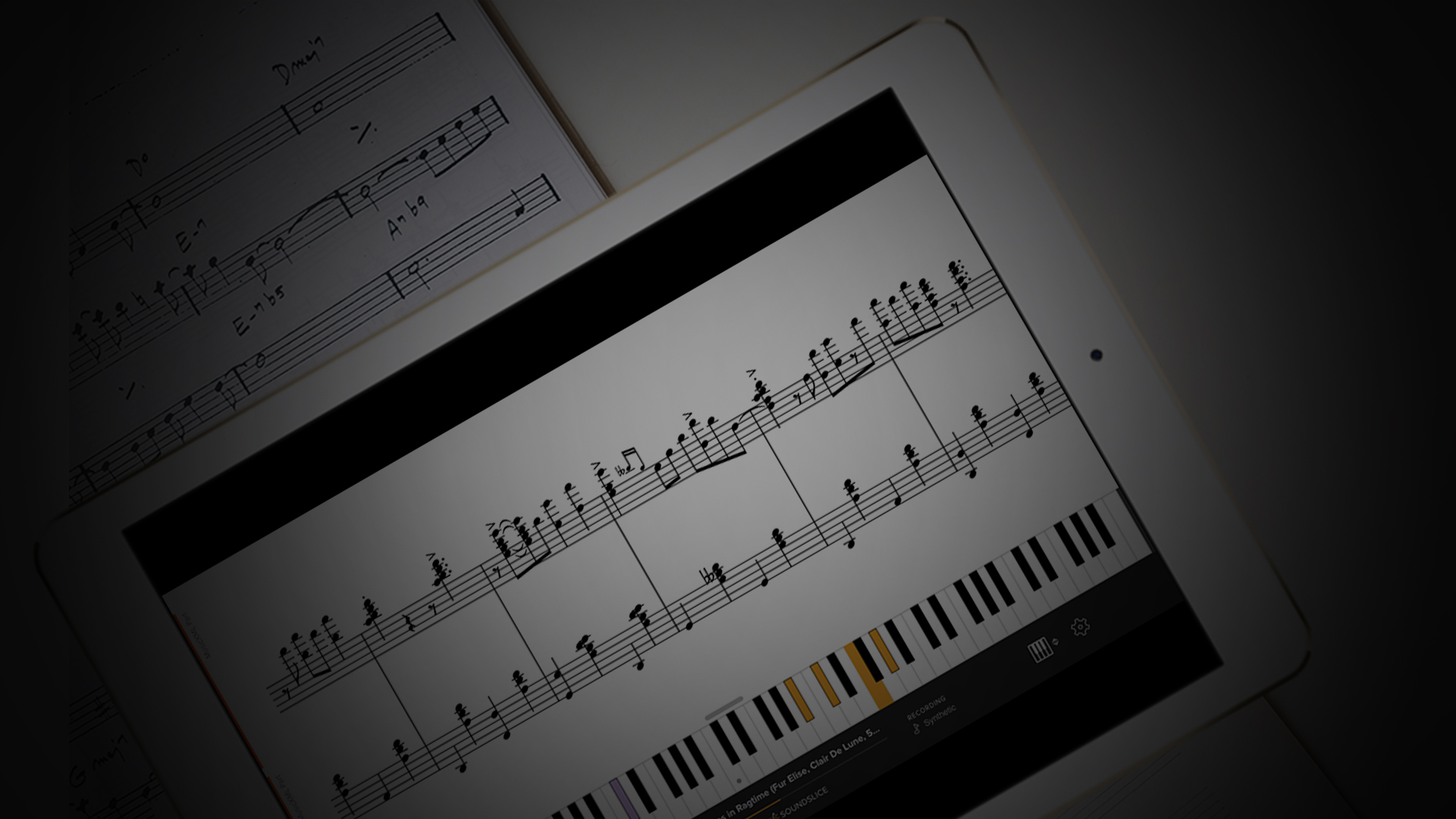All Smartsheets
In this workshop, we’ll learn a variety of exercises to train your voice. We’ll explore common accompaniment patterns for vocal warm ups, and learn about resonance and breath support. Finally, we will apply what we learn in a performance of the classic folk song, “Shenandoah.”
In this course we will learn the major turnaround in all 12 keys using 7th chords. We will cover two positions for the chords, and explore a variety of rhythms to use for comping and playing lead sheets. This progression is essential to master for jazz and pop songs.
Explore the tritone to play crunchy blues piano comping riffs like Oscar Peterson, Beegie Adair and Monty Alexander.
In this workshop, we'll learn about the incredible minor turnaround. We'll look at songs that use this essential jazz progression, talk about various voicing approaches, and explore comping rhythms. We’ll also discuss how to add reharmonization and how to solo to get a professional sound.
In this workshop, we'll be analyzing Chopin's Prelude in E Minor. Going phrase by phrase, we'll learn the notes, analyze the harmony, explore the dynamics & mood, and discuss the compositional structure of this deeply emotional piece.
In this workshop, we'll explore ear training with 7th chords. We'll review the sounds of major 7th chords, minor 7th chords, and dominant 7th chords - plus their inversions. Then we'll go through song examples and learn to identify the melody, add in the bass, and fill in the missing harmony.
In this workshop, we'll explore ear training with 7th chords. We'll review the sounds of major 7th chords, minor 7th chords, and dominant 7th chords. Then we'll go through song examples and learn to identify chords that fit with each melody.
Learn to play "Silent Night" in a jazz ballad style with diatonic 7th chords, extensions, alterations, secondary dominants & reharmonization.
In this workshop, we’ll take some classic holiday tunes and learn to identify the melodies, 7th chords, and inner voicings. Then we’ll apply various styles to each tune. By the end of the lesson, you’ll be able to sit at the piano and entertain your friends & family for the holidays!
In this workshop, we'll learn how to play holiday tunes by ear. We’ll master the melodies, chords, bass notes, harmonies, and apply various accompaniment techniques.
In this workshop, we'll explore ear training with triad inversions. We'll be arpeggiating triads in order to hear the intervals that make up each chord. Then we'll go through song examples to train our ear in a progressive, step-by-step way.
How to approach "Autumn Leaves" on piano in a jazz trio setting including tasty 4-note and 6-note chord voicings for two hands.
We will analyze the Prelude in C Major by J.S. Bach. Going phrase by phrase, we will label the chords and their harmonic functions to understand how the music works, while exploring devices such as “sequencing” and “pedal point."
In this workshop, we'll explore ear training with triads. We’ll master the sound of major/minor chords, intervals, and how to identify popular chord progressions.
In this course, you'll learn an original jazz ballad tune written by Yannick: Why Do I Fall in Love. Phrase by phrase, you'll learn the notes and rhythms, explore dynamics and articulation, decipher the harmony, and discover soloing techniques. Finally you'll combine all these techniques to perform this piece with expression.
In this course, we'll be learning and deconstructing an elegant classical piece, To a Wild Rose.
Learn the essential skills required for ear training. We'll review fundamental music vocabulary, explore song associations for all ascending and descending intervals, work out simple melodies by ear, and find different ways to harmonize those melodies.
Learn how to play rootless voicings in the A and B position for the chord types in a minor 2-5-1 progression with 2 essential exercises
Learn all of the Minor Chord Inversions based on chord shapes. See the "flat" shapes, "triangle" shapes, and "V" shape chords. Then cover the remaining 3.
Learn 4 note voicings over the major and minor 251 patterns in 2 positions. This sheet applies drop 2 and quartal harmony with common jazz extensions on all 12 keys.
Learn all of the Major Chord Inversions based on chord shapes. See the "flat" shapes, "triangle" shapes, and "V" shape chords. Then cover the remaining 3.



